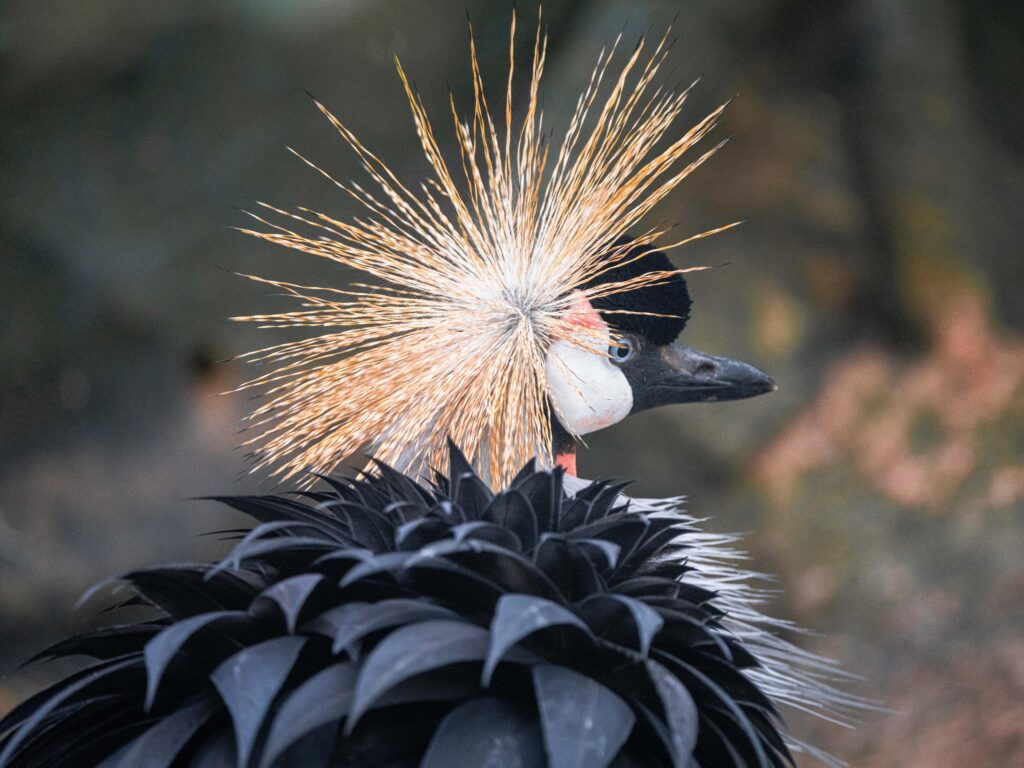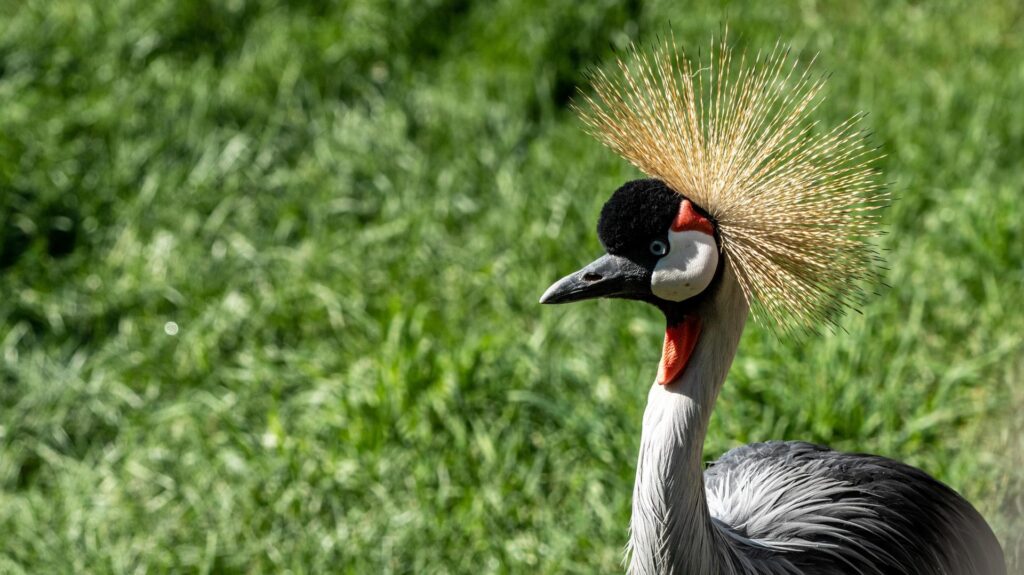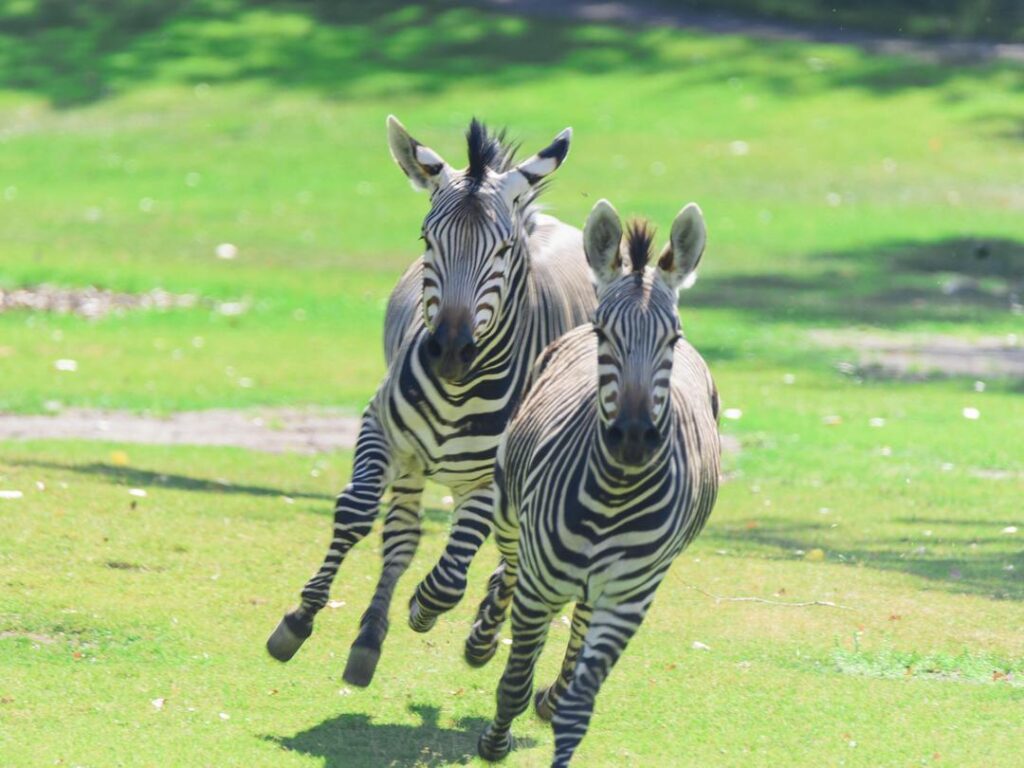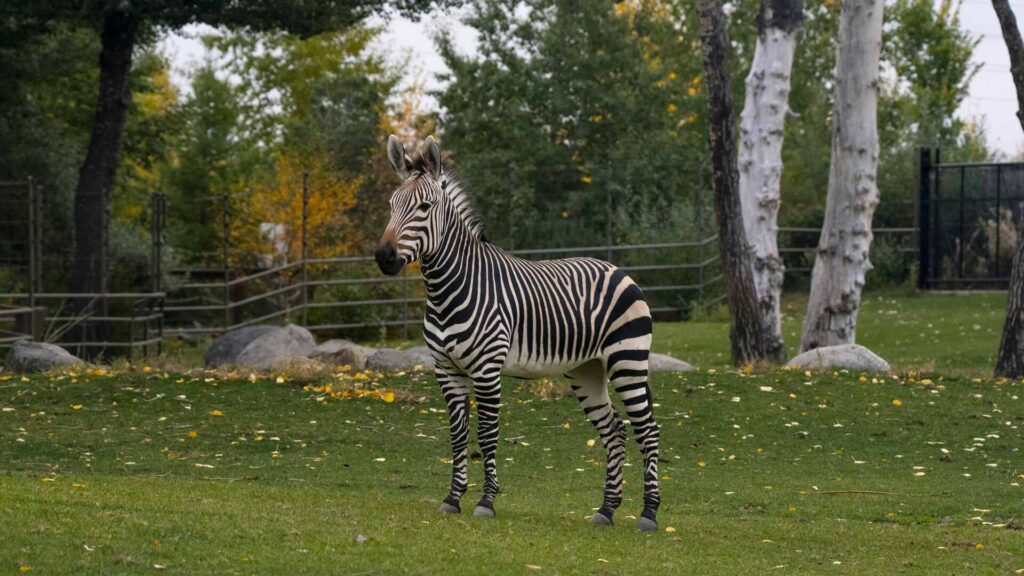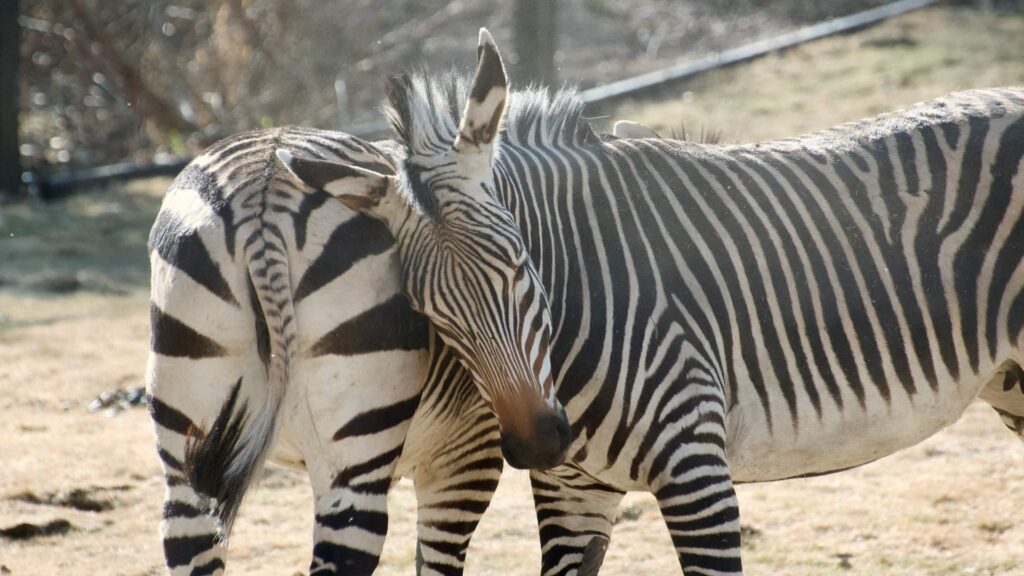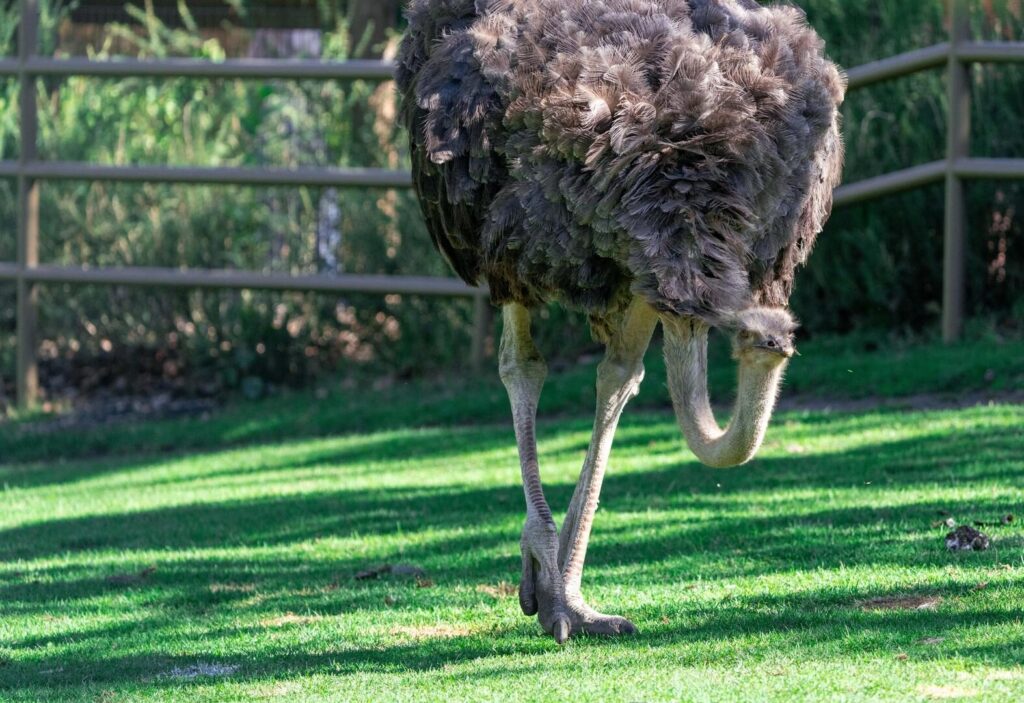
Savannah Crossing
Carefully Designed. Wildly Interesting.
Step into Savannah Crossing, a new indoor habitat designed with animal welfare and well-being in mind.
Inspired by the gathering places of the African savannah, this habitat supports the needs of several different species throughout the year.
It’s a place to get closer to wildlife and deepen your understanding of these incredible species and their unique adaptations.
Discover who’s at home below!

East African Grey Crowned Cranes
These birds are named for their crown of stiff feathers that help them attract a mate, but that’s not the only advantage they have in romance. East African grey crowned cranes are known for their elaborate mating dance, which includes leaps, bows, and even short flights. Pairs strengthen their bonds by preening each other and building nests together, and they remain monogamous.
- IUCN Red List Status: Endangered (at very high risk of extinction in the wild)
- Type: Bird
- Habitat: Wetlands and nearby grasslands in east Africa
- Diet: Omnivore – seeds, insects, and invertebrates
- Size: 112 to 122 centimetres
- Weight: 3 to 4 kilograms
Hartmann’s Mountain Zebras
Zebras are known for their unique black-and-white stripes, with no two individuals having the same pattern. Unlike other zebra species, Hartmann’s mountain zebras have vertical stripes on their neck and torso, horizontal stripes on their backside, and no stripes on their bellies. To keep cool and help fend off insects, zebras often take dust baths by rolling around in the dirt.
- IUCN Red List Status: Vulnerable (at high risk of extinction in the wild)
- Type: Mammal
- Habitat: Mountains, slopes, and plateaus of coastal Namibia and southern Angola
- Diet: Herbivore – grasses, shrubs, and leaves
- Size: 1.5 metres at the shoulder
- Weight: 204 to 372 kilograms
Southern Ostriches
These flightless birds are the largest and heaviest in the world, yet they are incredibly fast – ostriches can run at speeds of up to 72 kilometres an hour, maintaining this pace for up to 30 minutes. Their large feet have two toes, and their powerful kicks can be lethal to both lions and humans. Known for their long necks, ostriches use them to be able to see over long distances.
- IUCN Red List Status: Least Concern (at relatively low risk of extinction)
- Type: Bird
- Habitat: Savannah and grassland of South Africa, Namibia, Malawi, Zambia, Zimbabwe, Angola, and Botswana
- Diet: Omnivore – grasses, plants, and insects
- Size: 1.7 to 2.7 metres
- Weight: 90 to 130 kilograms

Get Close to Wildlife
Plan Your Visit
It’s time to make some memories. Here’s everything you need to know to plan an unforgettable day at the zoo.

